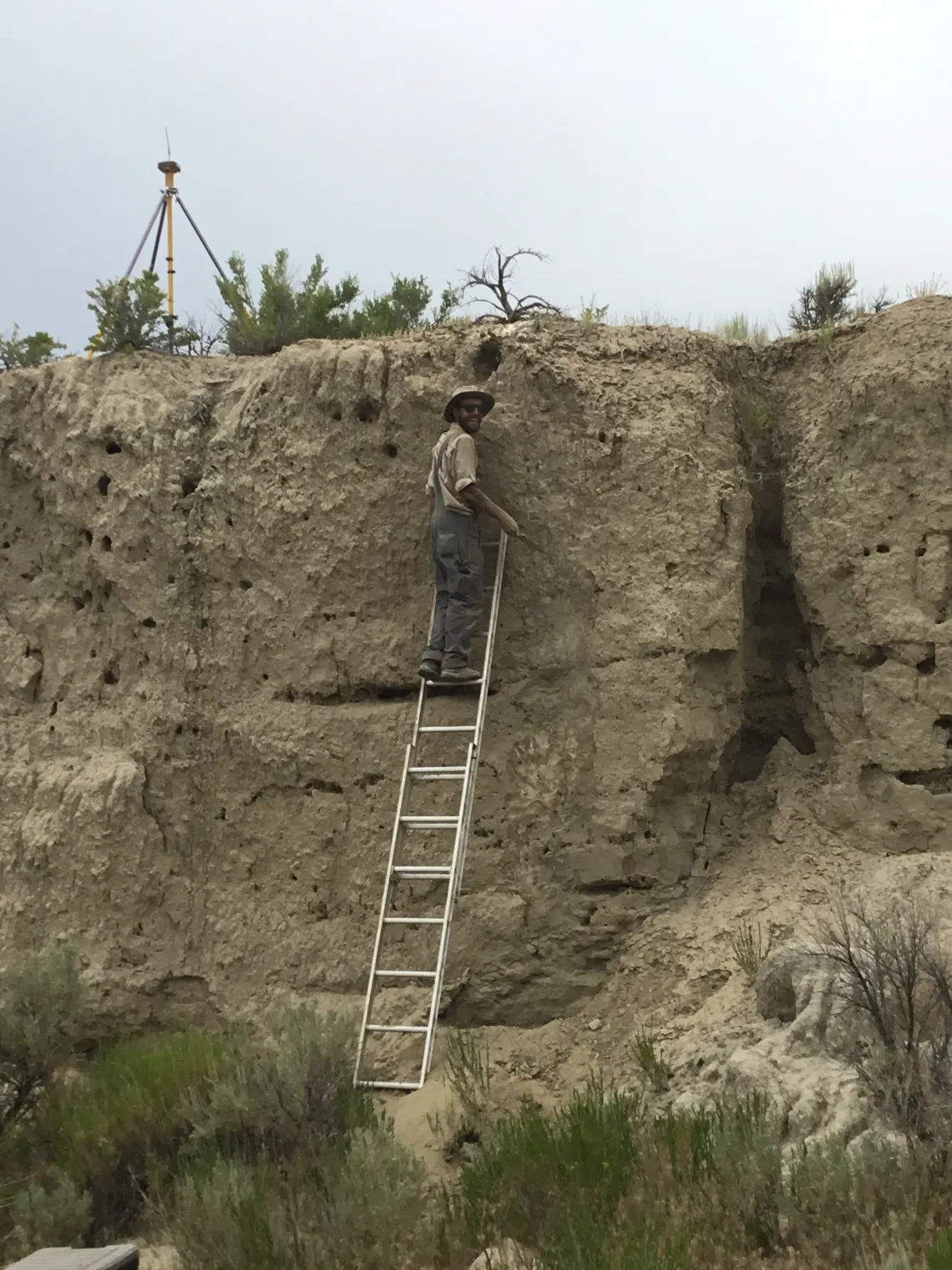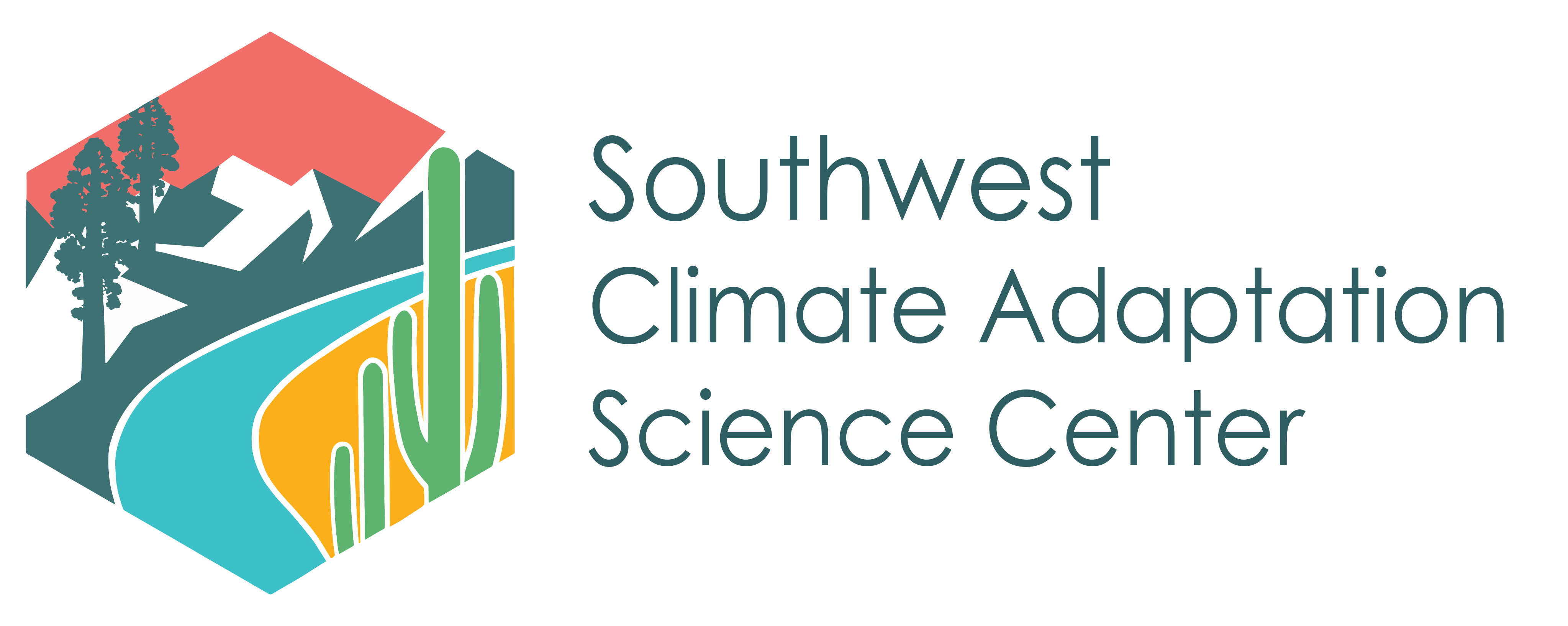Hope from Strife: Working from Home with the SW CASC NRWD Fellows

It’s 1 PM, and I’m sitting on the couch. Again, that is – it’s the only spot in the house where I can participate in a digital meeting that doesn’t make it look like I’m checking in from the bottom of a cave or the surface of the sun. My laptop is open, precariously perched in a spot that doesn’t give everyone else a landscape view of my living room, and my cats are cavorting around, dangerously close to that aforementioned precarious perch. And I’m on a call with the technical development team of the 2020 SW CASC NRWD Fellows, trying to discuss the validity of using a scaled-down climate model to investigate the potential for floodplain vegetation loss in the Gila River.
Sound familiar? I wouldn’t be surprised. As my estimable colleague Josh Sturtevant wrote last month, we are now in times of great uncertainty. The novel coronavirus (technically SARS-CoV-2 or COVID-19) has forced the majority of working Americans – only 7% of whom had previously had the option of remote work – to set up shop in the kitchen, on the couch, or down in the basement (Pew Research Center, 2020), we SW CASC fellows among them. Of course, it would be remiss of me not to mention that most of us are lucky; we are able to work from the comfort of our homes, a luxury we recognize and do not take lightly. But it is not without challenge. Many of us have been forced to confront the realities of reduced productivity, increased distractions, or rapidly accelerated timelines. But from this strife comes hope!
As fellows working in the arena of climate change – specifically, the challenges and hurdles faced by communities in Arizona’s Gila River Basin in creating adaptation plans for climate change – it is not unusual to be dissuaded by the shear breadth of the problem we are tackling. However, faced with a problem of debatably proportional gravity, we have seen just how resilient we are to the challenge.
First, we have been able to meet regularly and fruitfully, without interruption to our normal schedule. These biweekly meetings have proved to be productive, with exchanges of viewpoints and opinions; each SW CASC NRWD member has their own niche of expertise, and no one is shy about raising an objection when they have one, asking a question when they think of one, or asking for clarification if they need it. As an interdisciplinary group of scientists, the potential for conflict is ripe, yet every member of the group has not only been pleasant and amicable in the face of adversity, but also resilient and productive. Second, we have seen first-hand how interdisciplinary science can come together and make great strides towards progress; never before, many say, has the research world seen collaboration like that shown in recent weeks by teams tackling the virus (Apuzzo and Kirkpatrick, 2020). Third, we have seen how quickly and genuinely people can grasp the gravity of a problem and the magnitude of a challenge and then throw themselves towards the attainment of a solution. This gives me hope.
So, I sit there, on my couch with my cats, and I participate in that call enthusiastically. We discuss potential pitfalls of the model, dole out tasks to be done before next weeks’ full fellows meeting. And there’s a lot to be done; it’s a big task, after all, and we want to do it right. I am not discouraged, however, because now I know, more than I ever have before, that we can do this.

